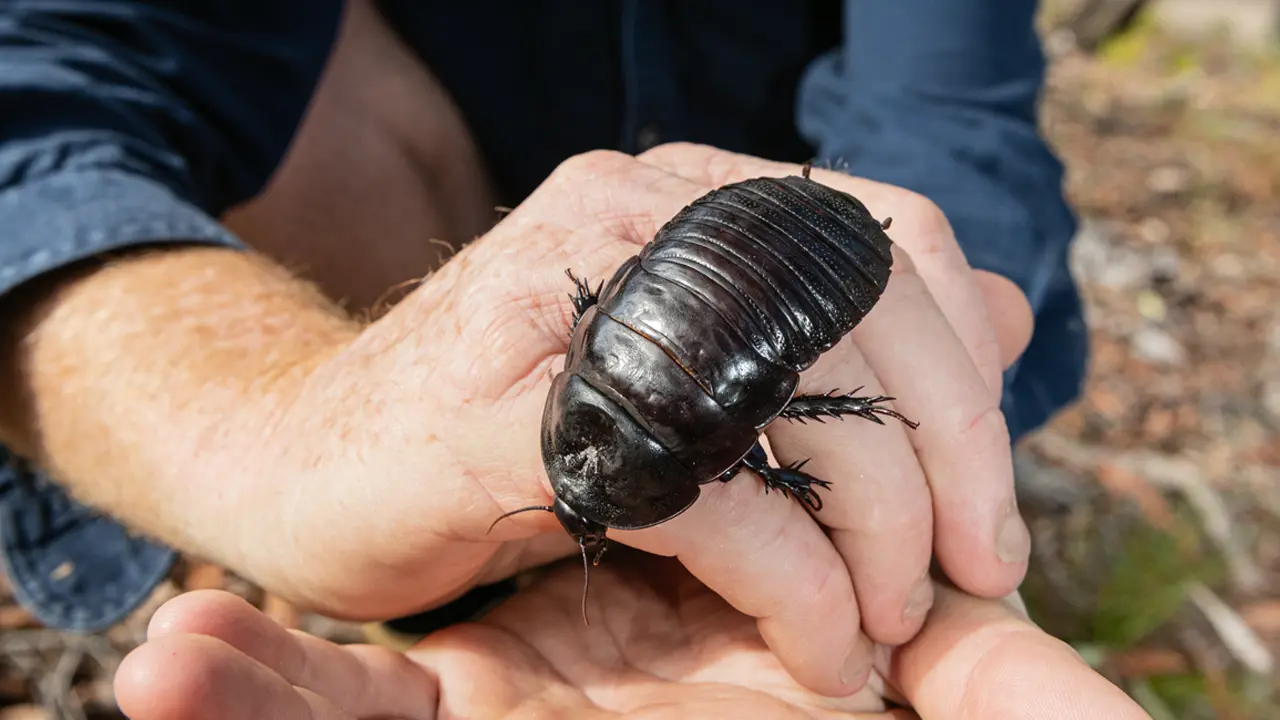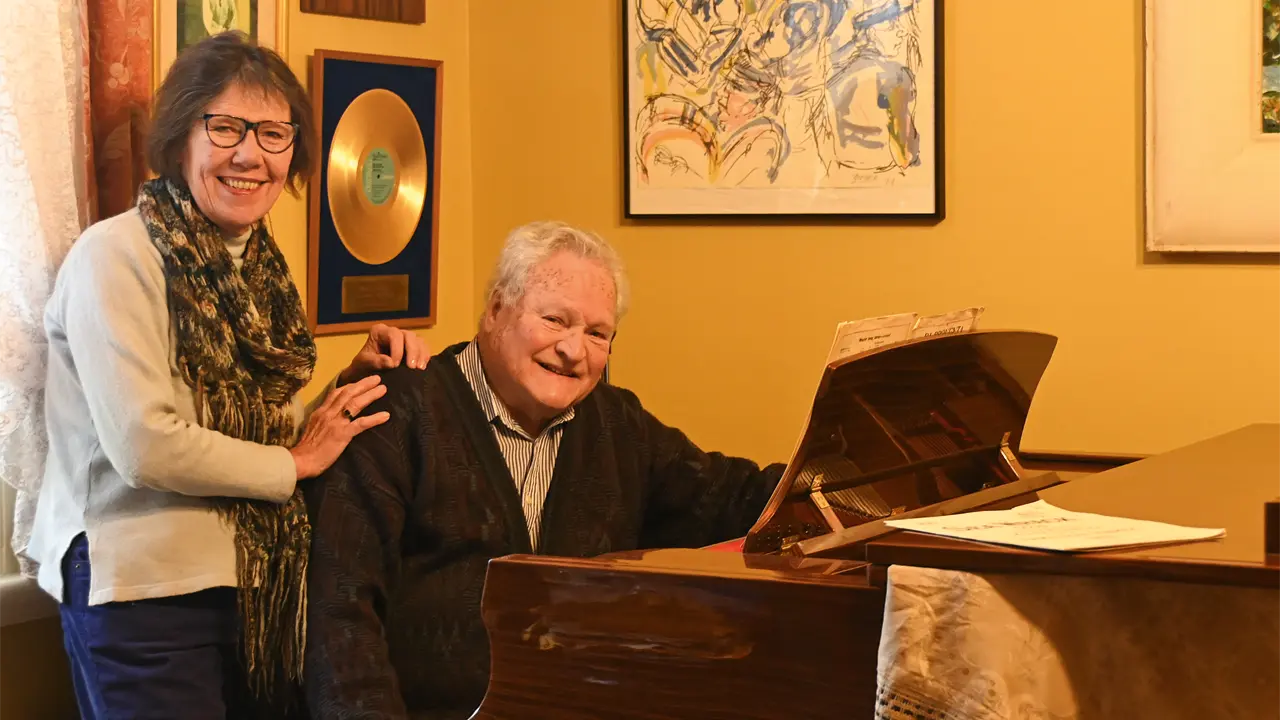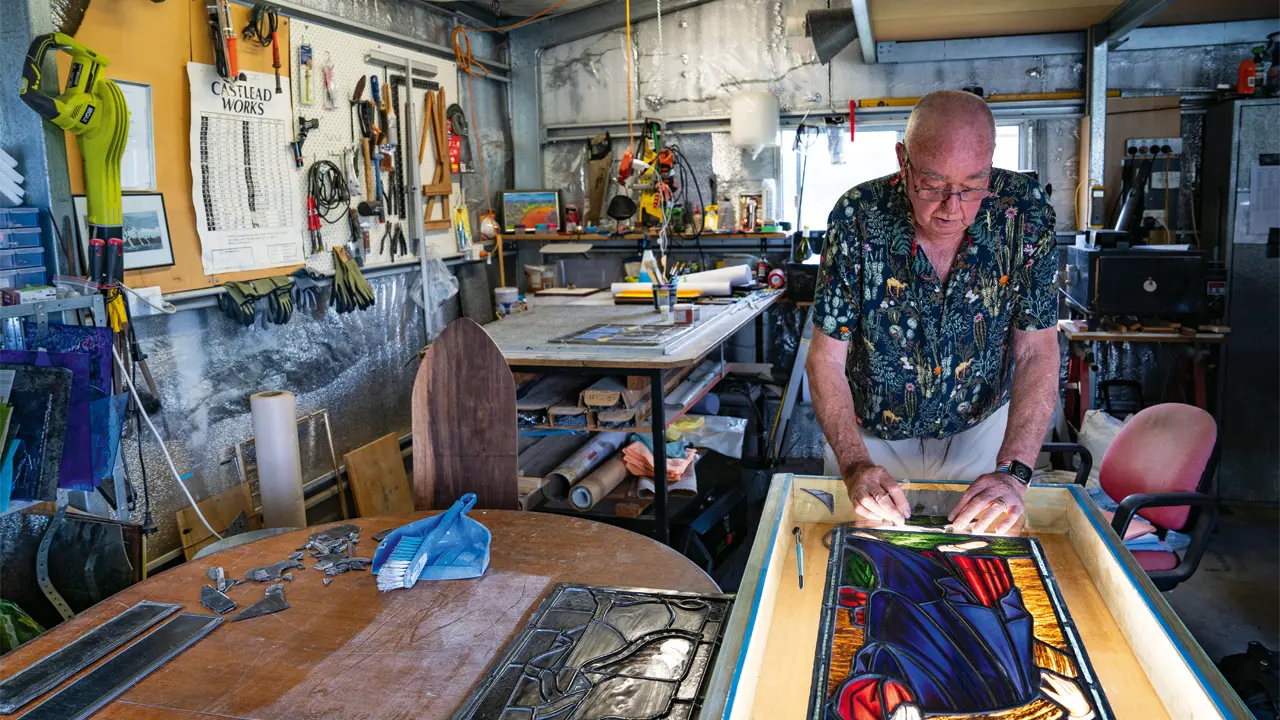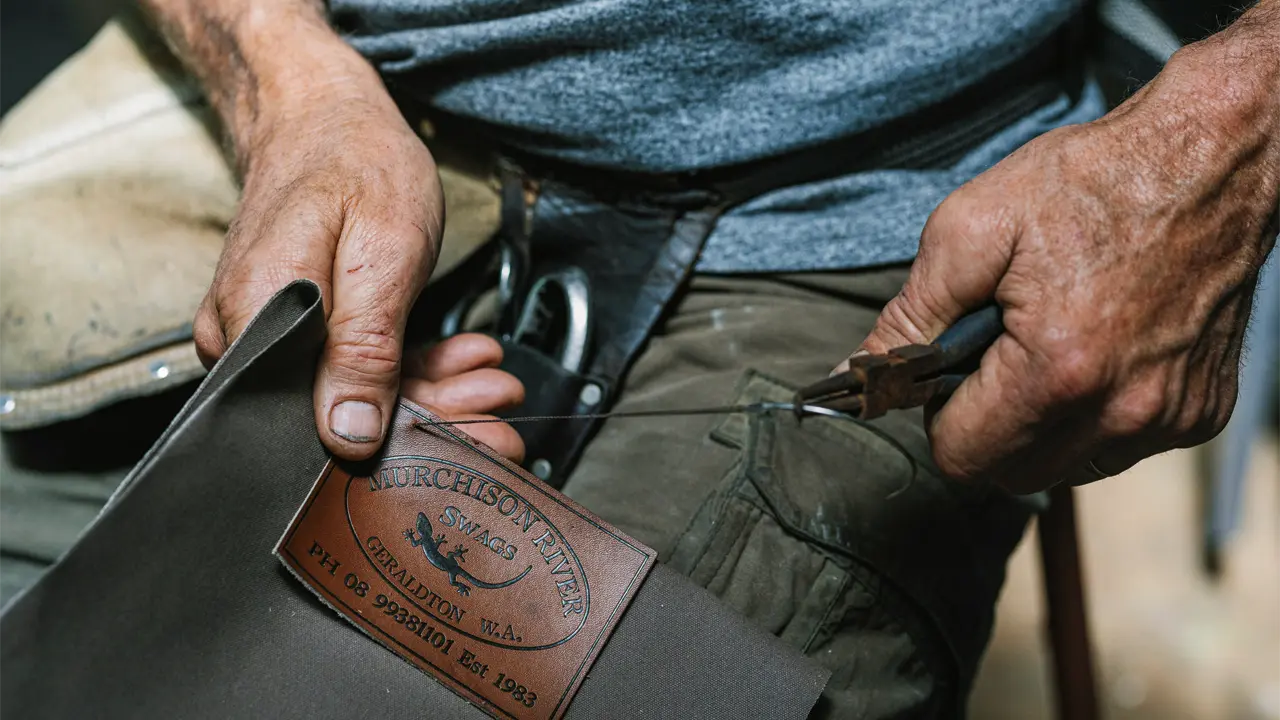This rare native cockroach is one of the heaviest insects in the world.
Story + Photos Mandy McKeesick
On the Discovery Coast, near the town of Agnes Water, Qld, 2 men are on the hunt. Armed with shovels they march into the bloodwoods. Christian McCollum is the manager of Bush Heritage Australia’s Reedy Creek Reserve. Honorary associate professor Harley Rose is Australia’s preeminent soil-burrowing cockroach scientist.
Finding a hole the size of a 50-cent piece in the loose sand Harley, 82, scalps the surface and begins to dig, pausing at intervals to thrust a bare hand into the opening. “I once felt a sting and pulled my hand out to find a centipede attached,” he says nonchalantly. “And the cockroaches can draw blood with their spiny legs.” The perils have never deterred him.
As the burrow spirals downward, Harley reluctantly passes the shovel to Christian, who digs to a depth of 50cm, where small pellets of excrement and dead leaf and twig material mark the entrance to the chamber, now the size of a fist. From the chamber, Christian pulls a juvenile male cockroach. The brown-black, oval-shaped creature has 6 spiny legs for burrowing and a wide pronotum (plate-like structure) shading its antennaed head. It fits neatly in Christian’s palm. “This is a Macropanesthia rothi,” Harley says proudly.
This story excerpt is from Issue #159
Outback Magazine: February/March 2025










